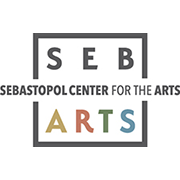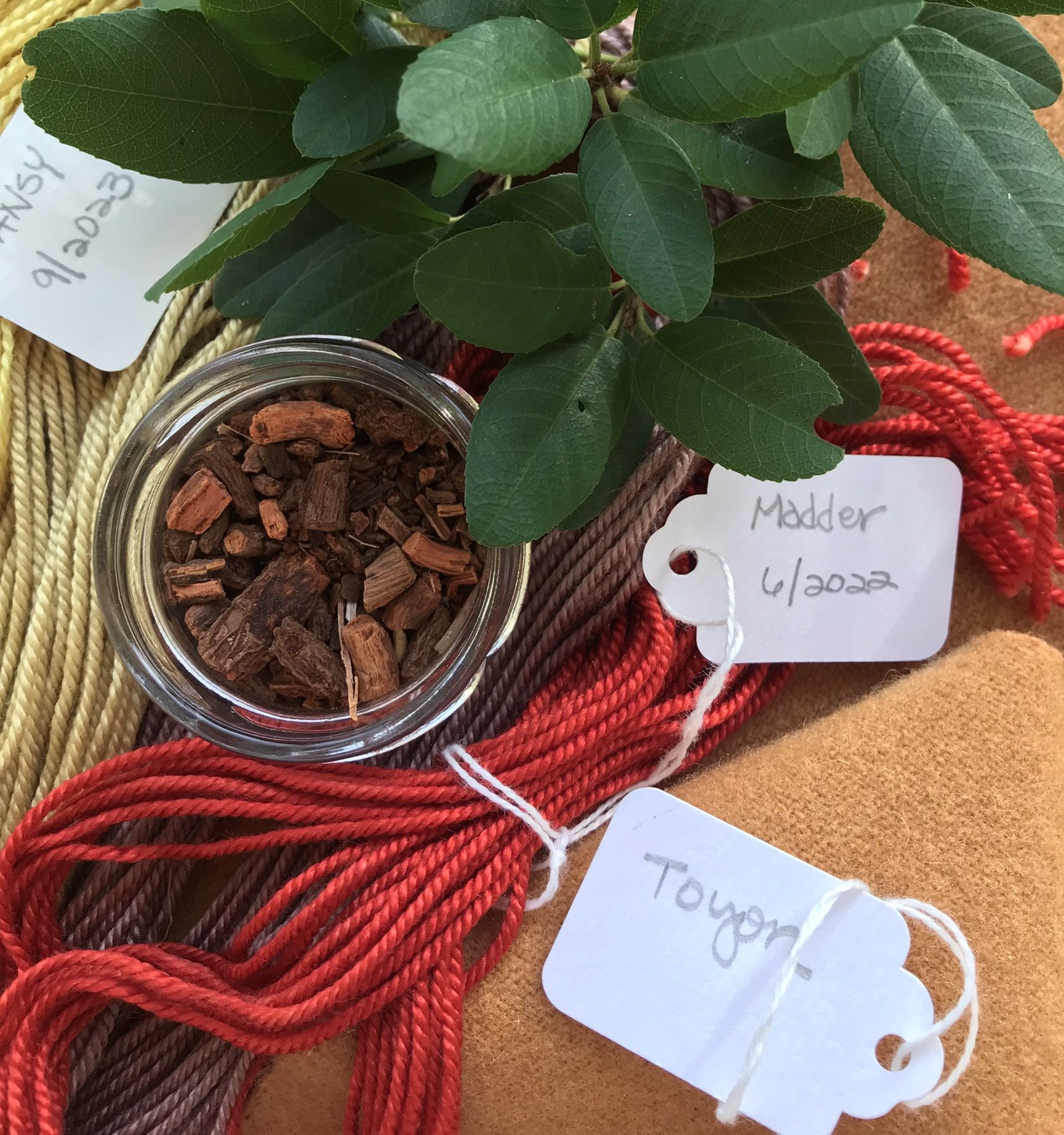Sat & Sun, February 10-11, 2024, 10am-4pm
$200 + $20 materials fee
Max students: 10
Dye plants have been used for thousands of years in arts and crafts and are just as relevant today as in the past. Whether your creative process includes weaving, embroidery, knitting, hooking, stitching, mending, felting, papermaking or any of the other creative ways to explore fiber, this class is for you. Natural colors can be vivid to subtle and can be manipulated for color value, hue and saturation. Using natural dyes can also reduce our impact on the environment and teach us more about our landscape, botany, chemistry and native plants.
Seasonal Natural Dye Workshop - Winter 2024 is the second in a series of natural dye workshops to be offered over the span of a year to aid in the gathering and harvesting of natural dye plants as they become available in our surrounding landscape. The use of native plants in the workshop will be augmented by “garden variety” plants that can be easily grown in your garden.
In this Winter workshop, we will be working with a wool yarn, fabric and wool rovings and will create and use dyes from Toyon (brown/tan), Madder (warm red), Osage (deep yellow), Coffeeberry (green) and Calendula (orange). You will learn about growing and/or gathering each of these plants, how to prepare the wool to be dyed, how to create the dye baths, how to modify our colors for value, hue and saturation and how to record your process and findings.
About the Instructor: Sue Ellen McCann has 15 years of experience making and using natural dyes. Her naturally dyed threads are used to create small needlepoint tapestries. She has studied fine and fiber arts, botany and permaculture. Recently, she acted as the interim executive director for SebArts and is a painter and printmaker.


